
June 5 is not just another day on the calendar, it is a global call to action. Since 1973, when the world first came together under the theme “Only One Earth”, over 150 countries have marked World Environment Day as a moment to reflect, reset, and rally for the planet.
Each year, World Environment Day focuses on a specific environmental concern, encouraging global participation through its annual themes. In 2025, the theme is “Beat Plastic Pollution,” highlighting the urgent need to address the growing plastic crisis that affects our ecosystems, health, and climate.
This year’s host, the Republic of Korea, is setting a leading example. Jeju Province, known for its innovation and commitment to sustainability and green technology, has set an ambitious goal to become plastic-free by 2040.
At Qalara, we believe small, conscious choices can lead to meaningful change. This World Environment Day, as the world comes together to #BeatPlasticPollution, we have put together a thoughtful list of eco-friendly materials for global buyers looking to source more responsibly. Whether you are curating a conscious collection or just starting your sustainability journey, these materials offer a way to reduce plastic use and support a healthier planet. Explore the possibilities and be part of the change.
• From innovation to crisis: The story of plastic
Plastic has been around longer than most of us think. It all started back in 1862, when British inventor Alexander Parkes introduced Parkesine, a material made from plant-based cellulose that could bend without breaking and resist water. Then, in 1907, Belgian-American chemist Leo Baekeland made a breakthrough by inventing Bakelite, the very first fully synthetic plastic. It was strong, lightweight, and inexpensive, quickly becoming a go-to material and gradually replacing glass, metal, and natural fibers in everything from household goods to electronics.
By the mid-20th century, plastic had revolutionized manufacturing, packaging, and daily life. It was everywhere, and that was the problem.
Fast forward to today, and plastic’s very strengths have turned into its greatest threats. It doesn’t biodegrade; instead, it breaks down into microplastics, now found in oceans, soil, food, and even human blood. According to the UN, around 19 to 23 million tonnes of plastic waste enter aquatic ecosystems every year, choking marine life, leaching toxins, and disrupting fragile ecosystems. Add to that the emissions from production and incineration, and plastic becomes not just a pollution problem, but a climate one too.
As the world looks to course-correct, reducing plastic use has become a global priority, and it starts with choosing better materials.
• Eco materials we love
1. Cork
Cork is a naturally renewable, biodegradable, and recyclable material harvested from the bark of cork oak trees (Quercus suber), without harming the tree. After a cork oak tree reaches 25 years of age, it can begin its remarkable cycle of regeneration. Its bark can be sustainably harvested once every 9 years without harming the tree. Remarkably, this process can continue for up to 200 years, allowing a single tree to produce cork throughout its lifetime while supporting both biodiversity and a renewable industry.
Why we love cork:
- Renewable: Harvested without cutting down trees
- Carbon-negative: Trees absorb more CO₂ after each harvest
- Water-resistant: Naturally repels moisture and is easy to clean
- Lightweight & flexible: Ideal for accessories and décor
- Biodegradable & recyclable: Breaks down without leaving harmful traces
Cork is now being used as a sustainable alternative to PU leather in bags, wallets, and fashion accessories. It also replaces plastic in homeware, flooring, insulation, and eco-packaging, all while bringing a warm, organic touch to design.
Explore Qalara’s cork collection and source consciously, without compromising on style.
2. Rattan
Rattan is a naturally growing vine-like palm found in the tropical rainforests of Asia, particularly in countries like Indonesia, the Philippines, and India. Unlike hardwood trees, rattan grows rapidly, often reaching maturity in just 5 to 7 years, making it a far more sustainable material for furniture and home décor.
Why we love rattan:
- Fast-growing & renewable: Harvested without deforestation
- Strong yet lightweight: Perfect for functional furniture
- Biodegradable: Breaks down naturally at the end of life
- Flexible & versatile: Can be woven, bent, and shaped easily
- Low-impact processing: Requires minimal machinery or chemicals
Rattan is widely used as a substitute for plastic or synthetic materials in crafting furniture, baskets, lighting, and storage solutions. Its airy texture and natural look also make it a go-to material for breezy, boho-inspired designs, especially popular during summer.
Style your collection with the natural elegance of Qalara’s rattan range – organic, on-trend, and sustainably crafted.
3. Sabai Grass
Sabai grass is a resilient, naturally abundant grass native to the Indian states of Odisha, West Bengal, and Jharkhand. Traditionally harvested by tribal communities, this wild grass is sun-dried, hand-twisted, and woven into durable products, all without the use of synthetic dyes or heavy machinery.
Why we love sabai grass:
- Naturally regenerative: Grows back seasonally without replanting
- Hand-harvested & handcrafted: Supports artisan livelihoods
- Biodegradable & compostable: Leaves zero waste behind
- Tough & long-lasting: Ideal for baskets, mats, and utility décor
- Blends beautifully: Often combined with cotton or date palm fiber
Sabai grass offers a meaningful alternative to plastic-based storage solutions and synthetic home accents. With its raw charm and minimal processing, it speaks to buyers who value both sustainability and story.
Explore Qalara’s sabai grass collection and take home design back to its roots.
4. Bone & Horn
In the bustling town of Sambhal, Uttar Pradesh, artisans have been transforming discarded animal bones and horns into exquisite handicrafts for centuries. This traditional craft, locally known as Seengh ka Kaam, is rooted in sustainability, utilizing materials sourced ethically from deceased animals and local slaughterhouses, ensuring that no animals are harmed for the sake of art.
The heart of this craft lies in Sarai Tarin, a locality within Sambhal, where approximately 100,000 artisans across 2,000–2,200 households are engaged in this industry. These skilled craftsmen meticulously clean, shape, and polish bones and horns, creating a diverse range of products that blend functionality with aesthetic appeal.
Why we love Sambhal’s bone and horn craft:
- Ethically sourced: Utilizes waste materials from deceased animals
- Eco-friendly: Minimizes environmental impact by repurposing by-products
- Handcrafted excellence: Each piece reflects meticulous craftsmanship
- Versatile designs: From jewelry and home décor to utility items
- Global appeal: Products are cherished in both domestic and international markets
Crafted with care and steeped in tradition, bone and horn artistry reflects a deep commitment to sustainability and cultural heritage. Every piece supports skilled artisans and keeps age-old techniques alive. When you choose these handcrafted treasures, you are not just buying a product, you are joining a movement that honors craftsmanship and the planet.
Discover Qalara’s curated collection and become part of this meaningful journey.
5. Coconut Shell
Coconut shell is one of nature’s most underrated by-products, tough, biodegradable, and incredibly versatile. After the flesh and water are used, the hard outer shell is often discarded as waste. But in the hands of skilled artisans, especially across South India and coastal regions, it is transformed into beautiful and functional pieces.
Why we love coconut shell:
- Upcycled from waste: Gives a second life to what’s usually discarded
- Biodegradable: Naturally breaks down without polluting the environment
- Strong & durable: Perfect for bowls, spoons, buttons, and jewelry
- Naturally unique: Each shell has its own grain and character
- Low-impact processing: Requires minimal machinery or energy
Coconut shell is a smart alternative to plastic or melamine in everyday items like kitchenware, décor, and fashion accessories. It’s earthy, zero-waste, and loaded with rustic charm, a win for both the planet and your aesthetic.
Explore Qalara’s coconut shell creations and source naturally stylish, waste-to-worth designs.
• Bonus materials we can’t ignore
Not all eco-materials come from nature, some come from waste. Upcycling gives discarded materials a second life, keeping them out of landfills and turning them into something beautiful and useful. Here are a few that are turning heads:
- Upcycled paper & plastic packaging waste textile
From old newspapers to multilayered plastic wrappers, waste that once choked our bins is now being transformed into handwoven textiles. These fabrics are durable, textured, and ideal for crafting conscious bags, home décor, and fashion accessories, cutting down on both plastic pollution and landfill load.
- Upcycled Car Seatbelts
Once destined for junkyards, worn-out car seatbelts are now being repurposed into stylish, ultra-strong bags, belts, and gear. With their sleek finish and industrial durability, they bring a rugged edge to sustainable fashion.
These materials don’t just reduce waste, they rewrite its story.
Explore Qalara’s upcycled innovations and be part of a design movement that values creativity, responsibility, and impact.
• The future is material
Every material tells a story of what we value, how we live, and the kind of future we are building. As we mark World Environment Day 2025 under the banner of #beatplasticpollution, it is clear: the choices we make today shape the planet we leave behind.
Whether it is cork that regenerates, coconut shells with character, or seatbelts reborn as bags, sustainable materials are more than a trend. They are a powerful response to a global crisis.
At Qalara, we are proud to partner with artisans, makers, and buyers who believe in crafting and sourcing differently. So if you are ready to rethink your material world, explore our consciously crafted collections, and let’s design a better future, together.
~ Written by Utkarsha Rai



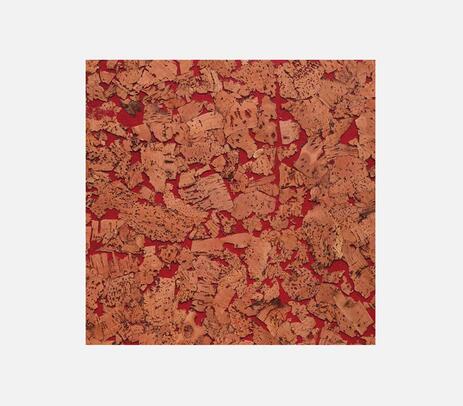
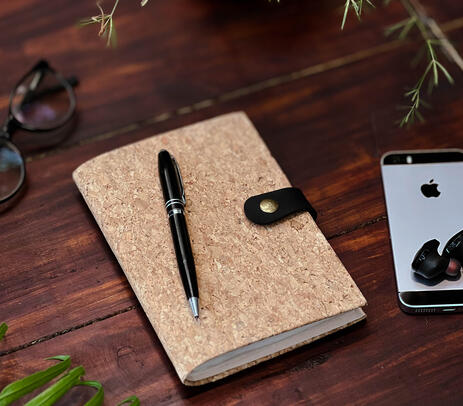
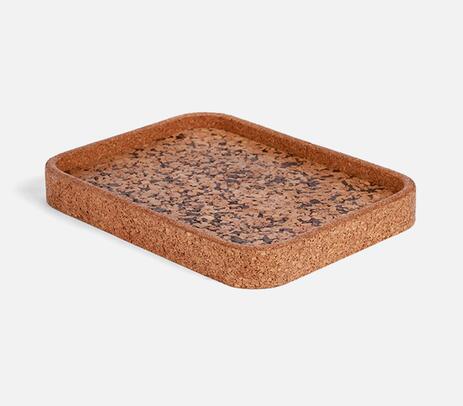
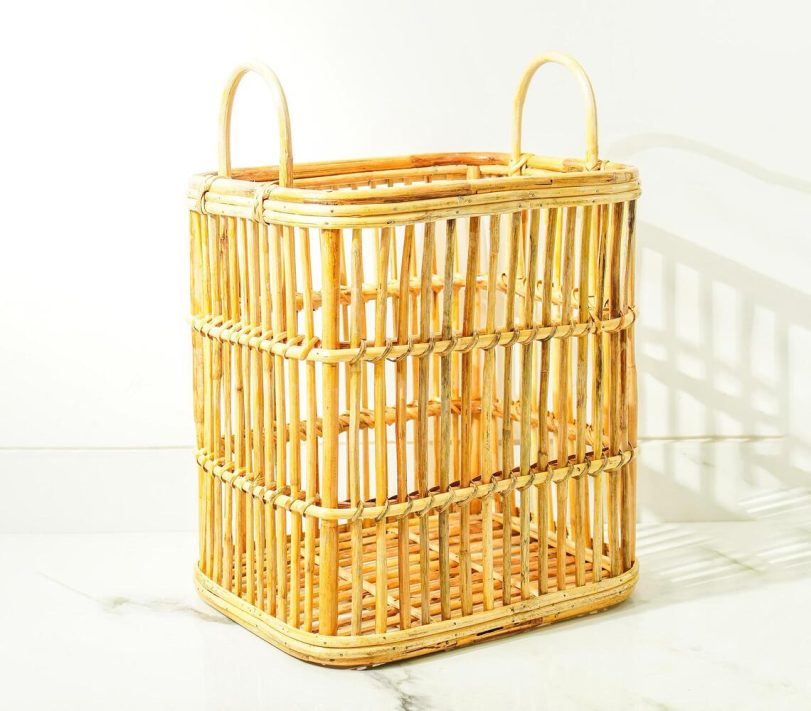
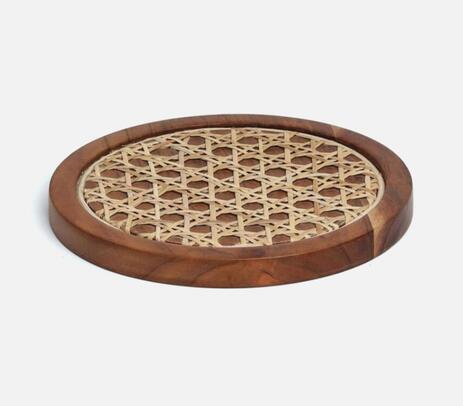
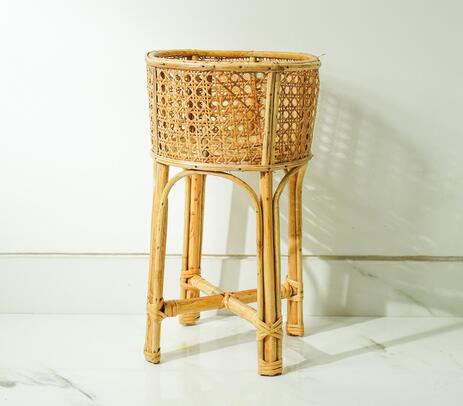
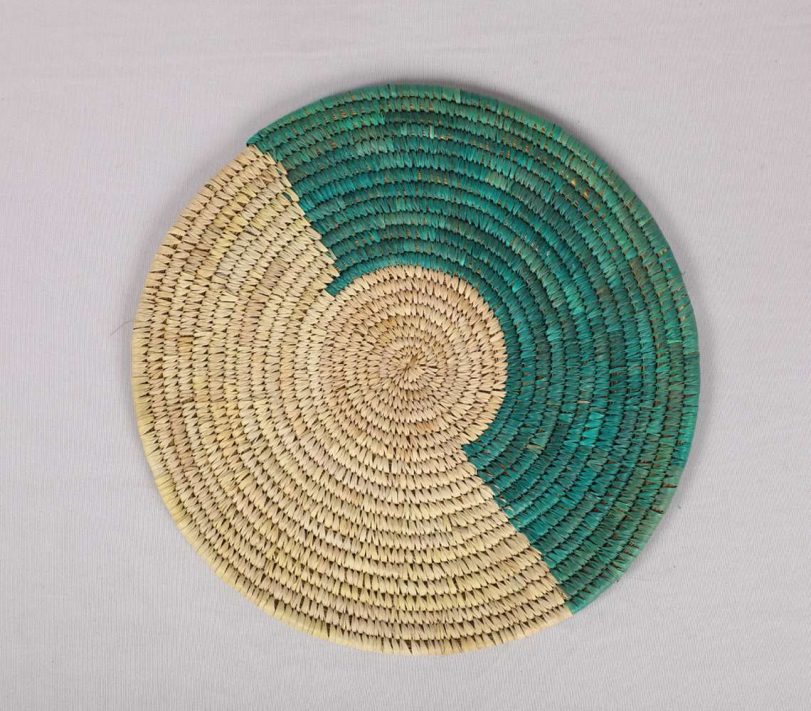
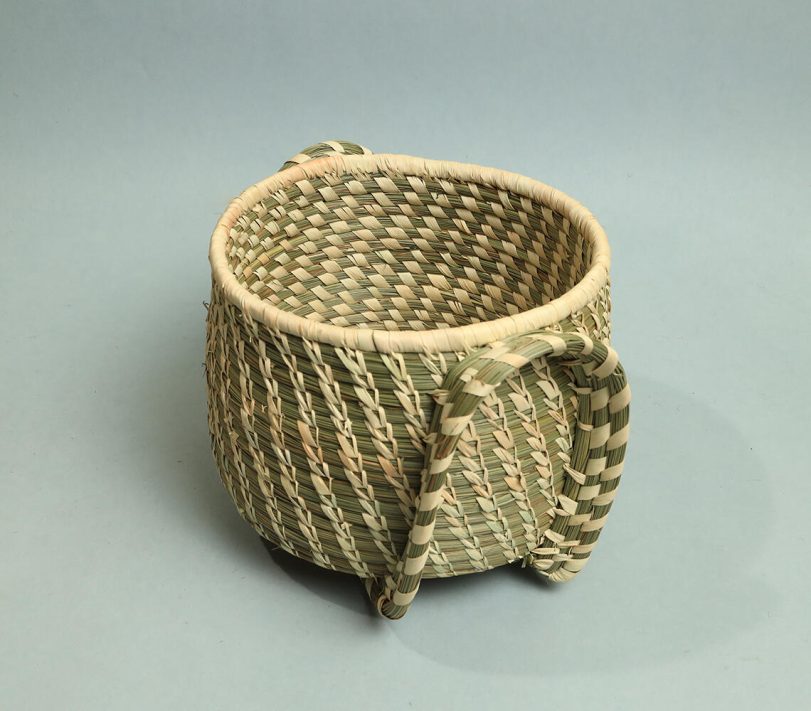
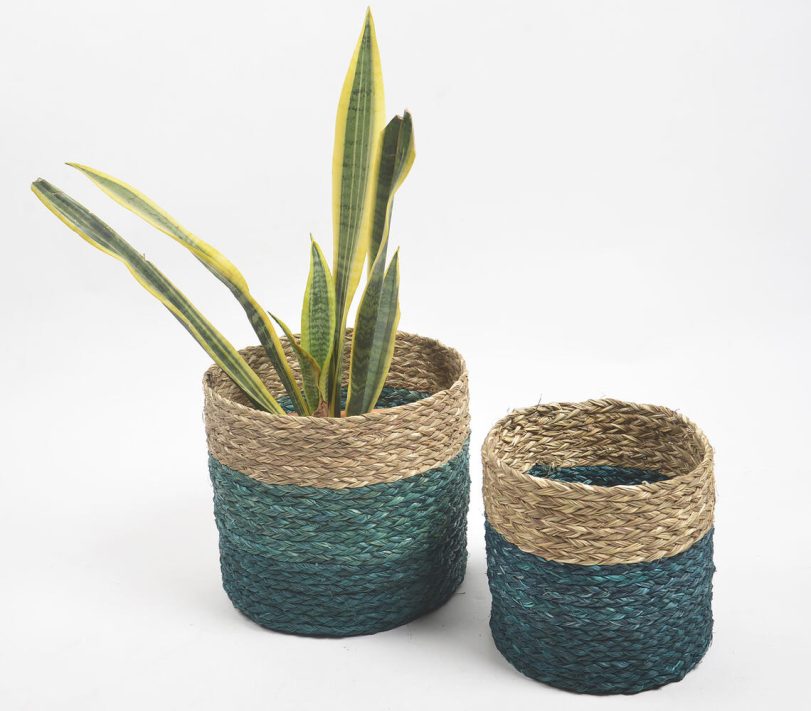
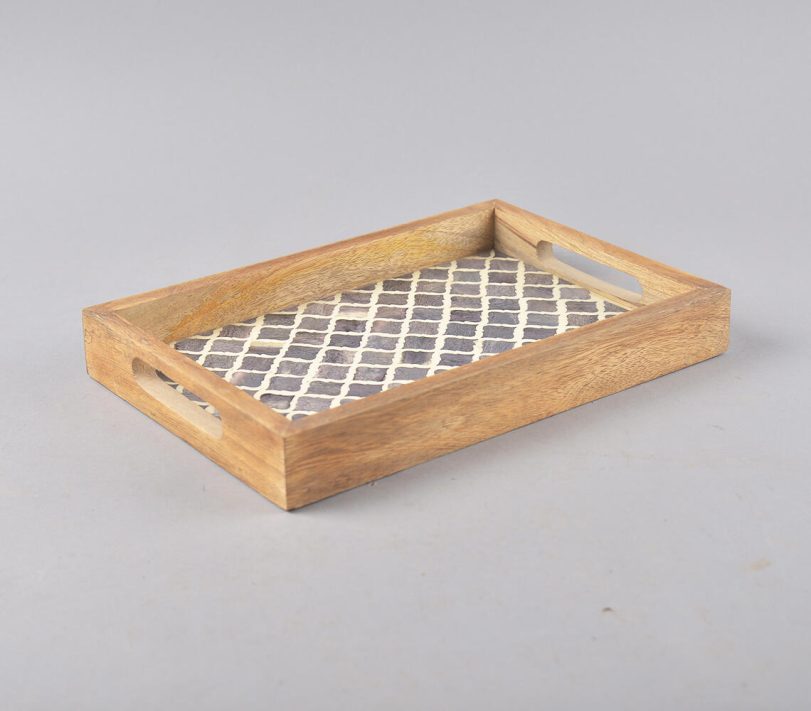
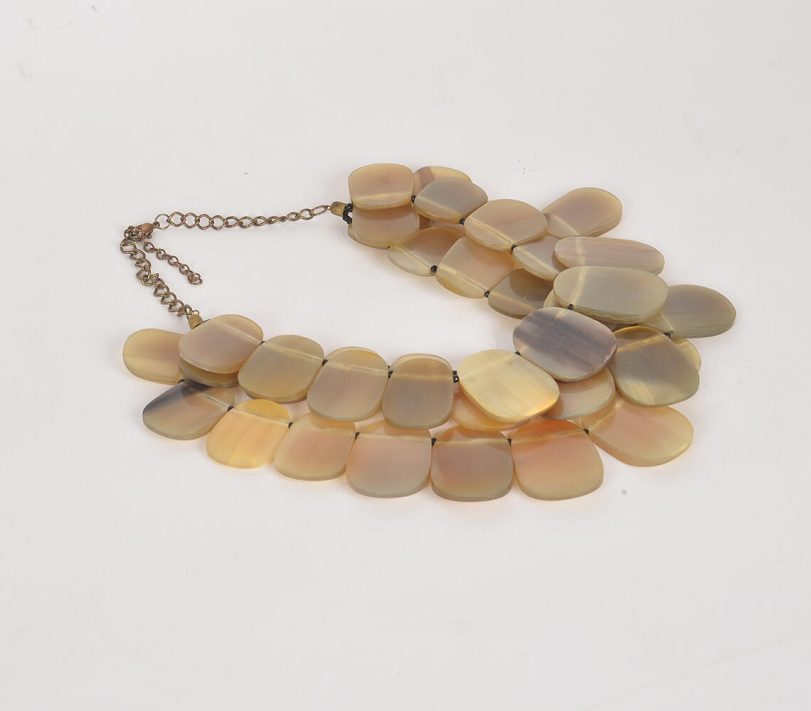
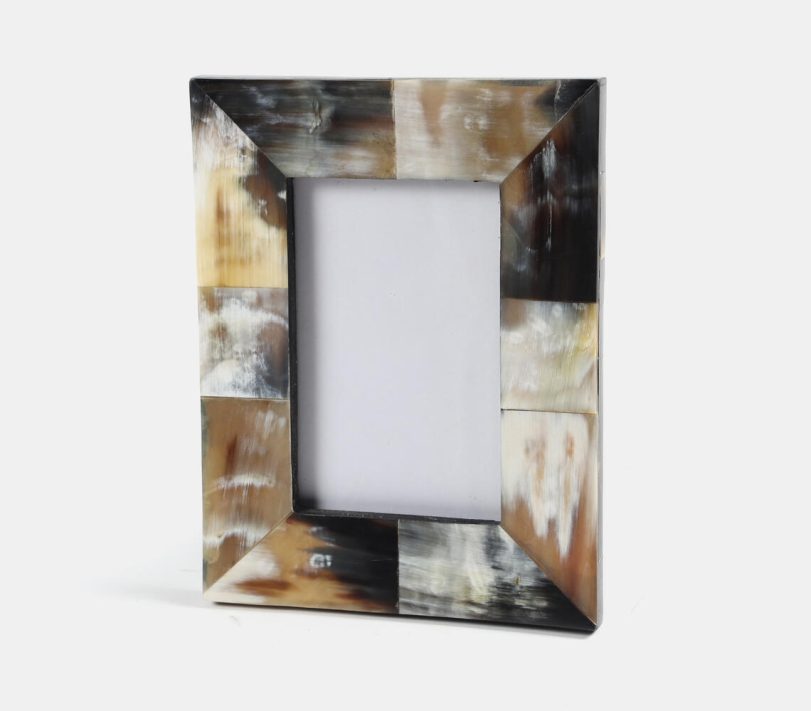
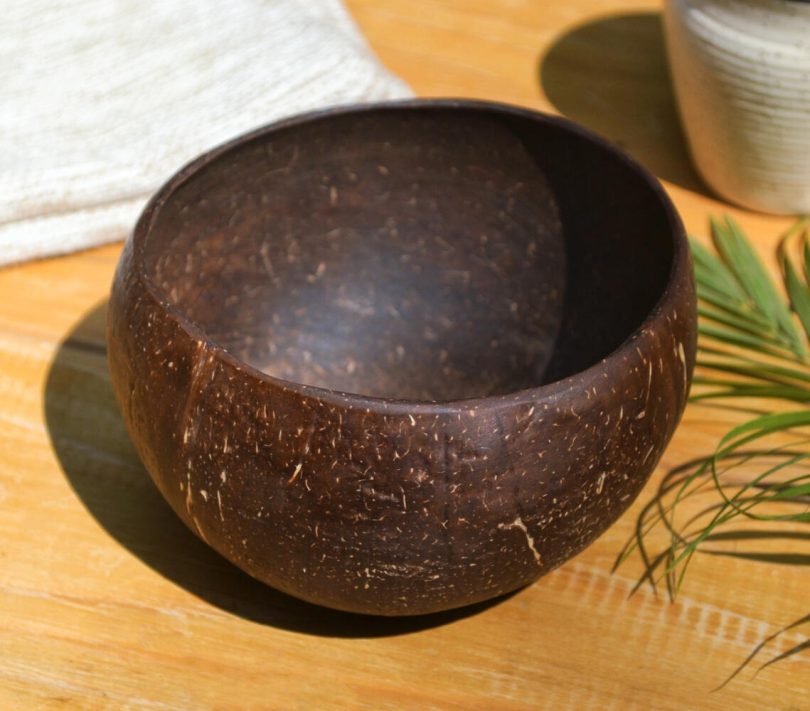
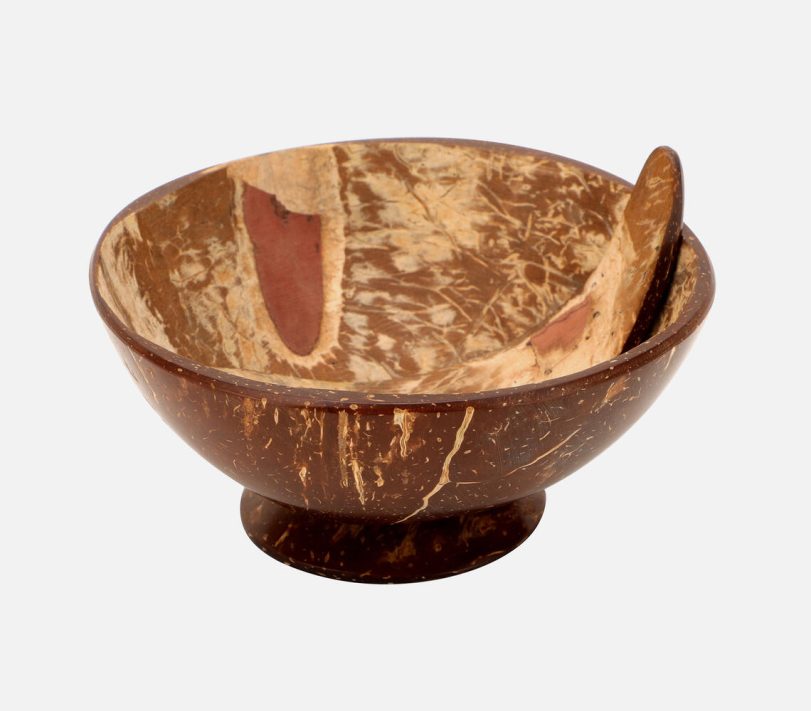
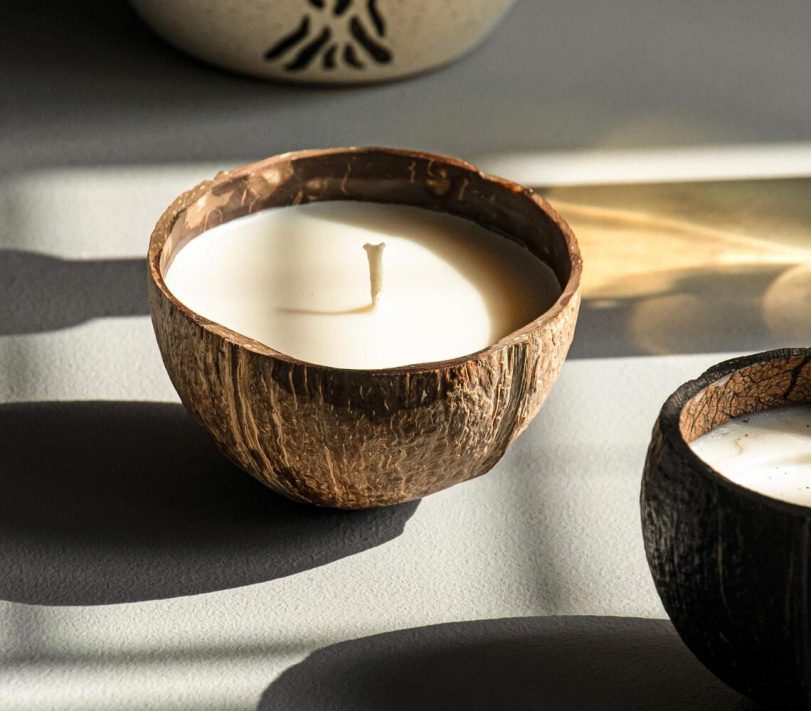
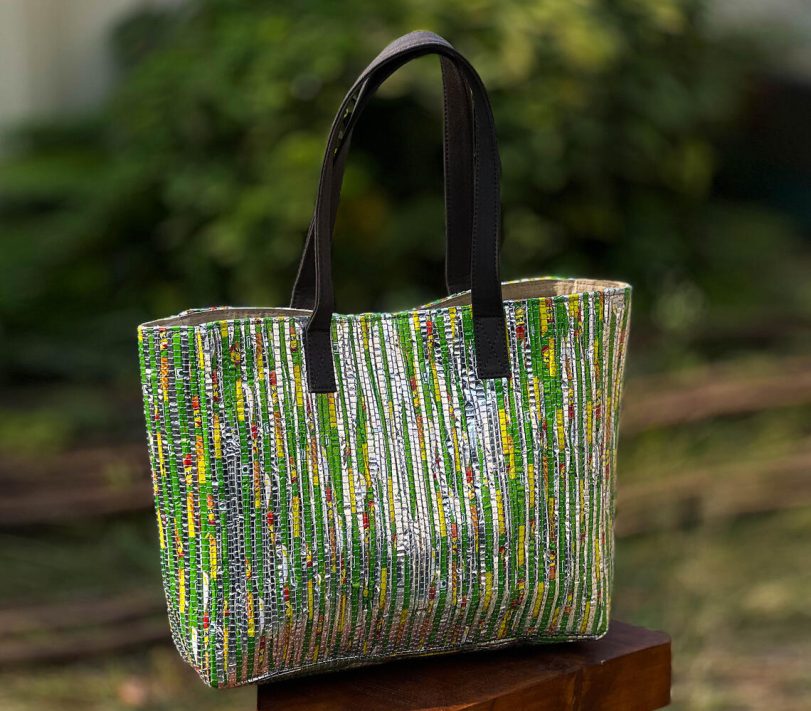
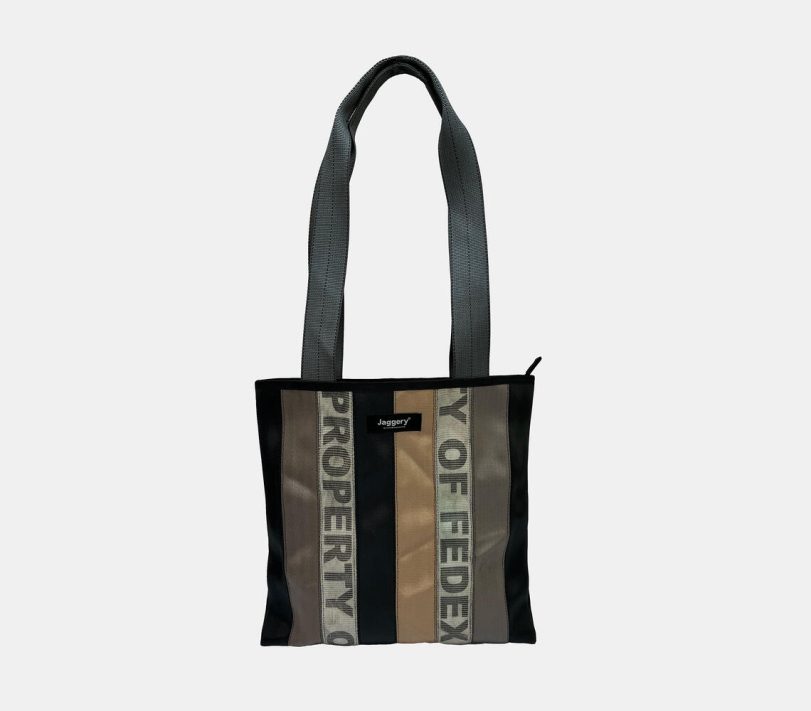
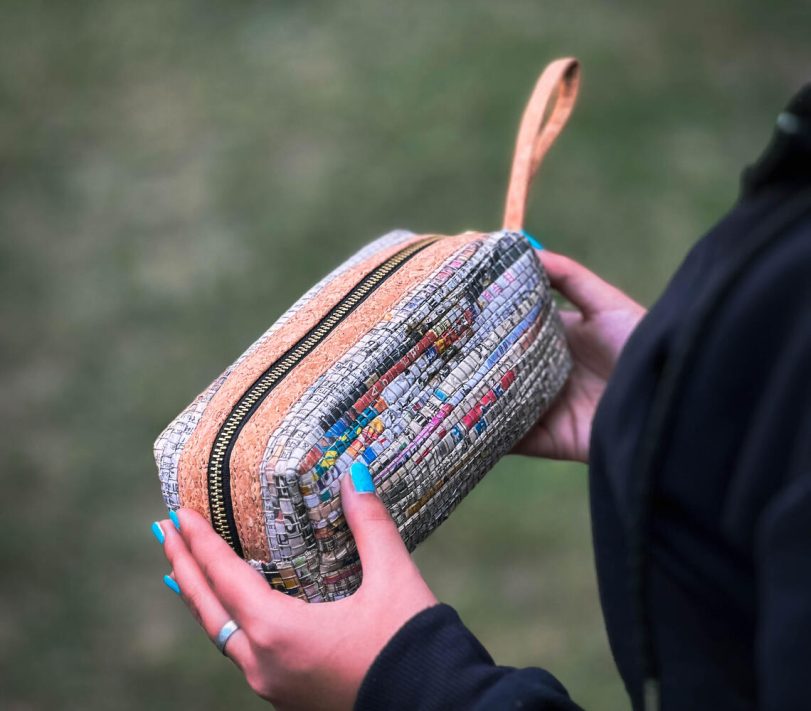
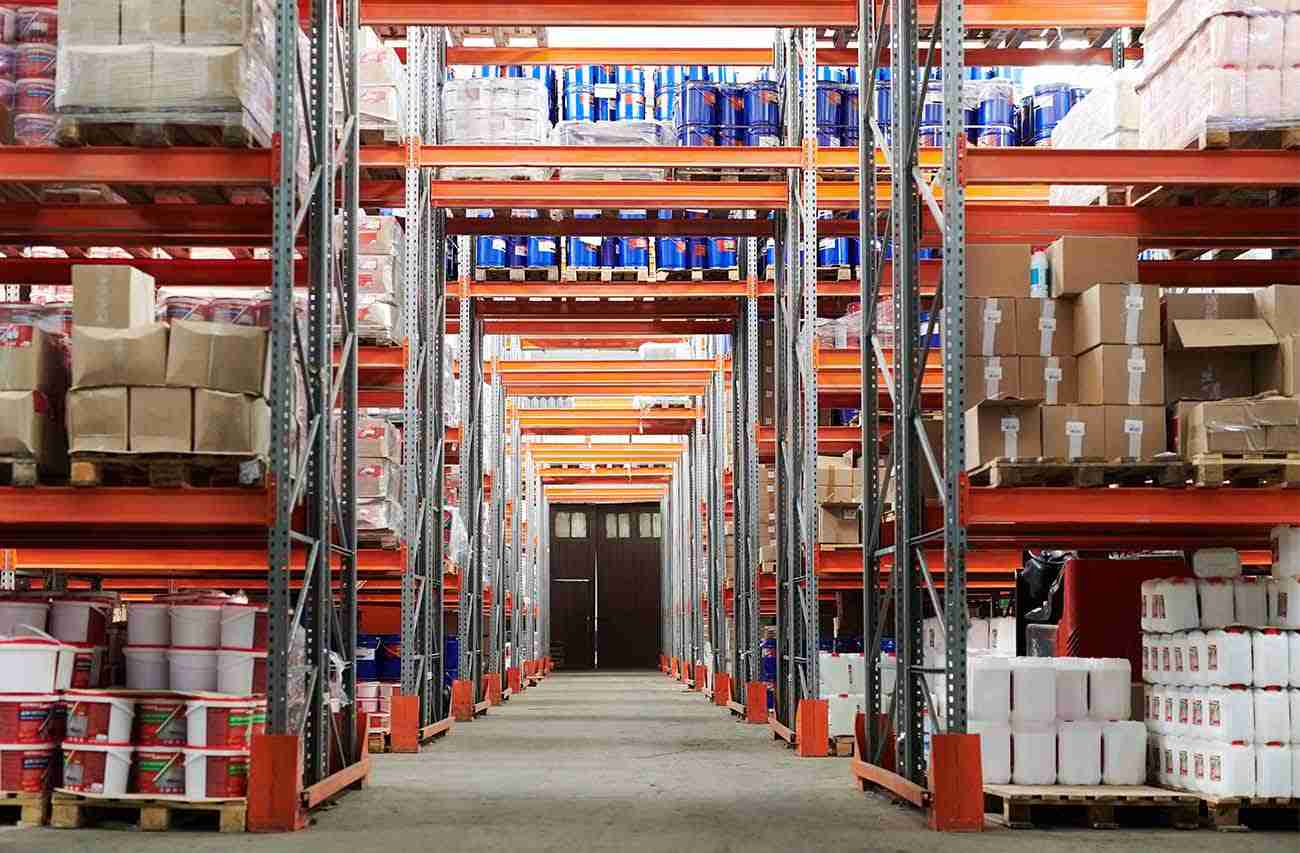
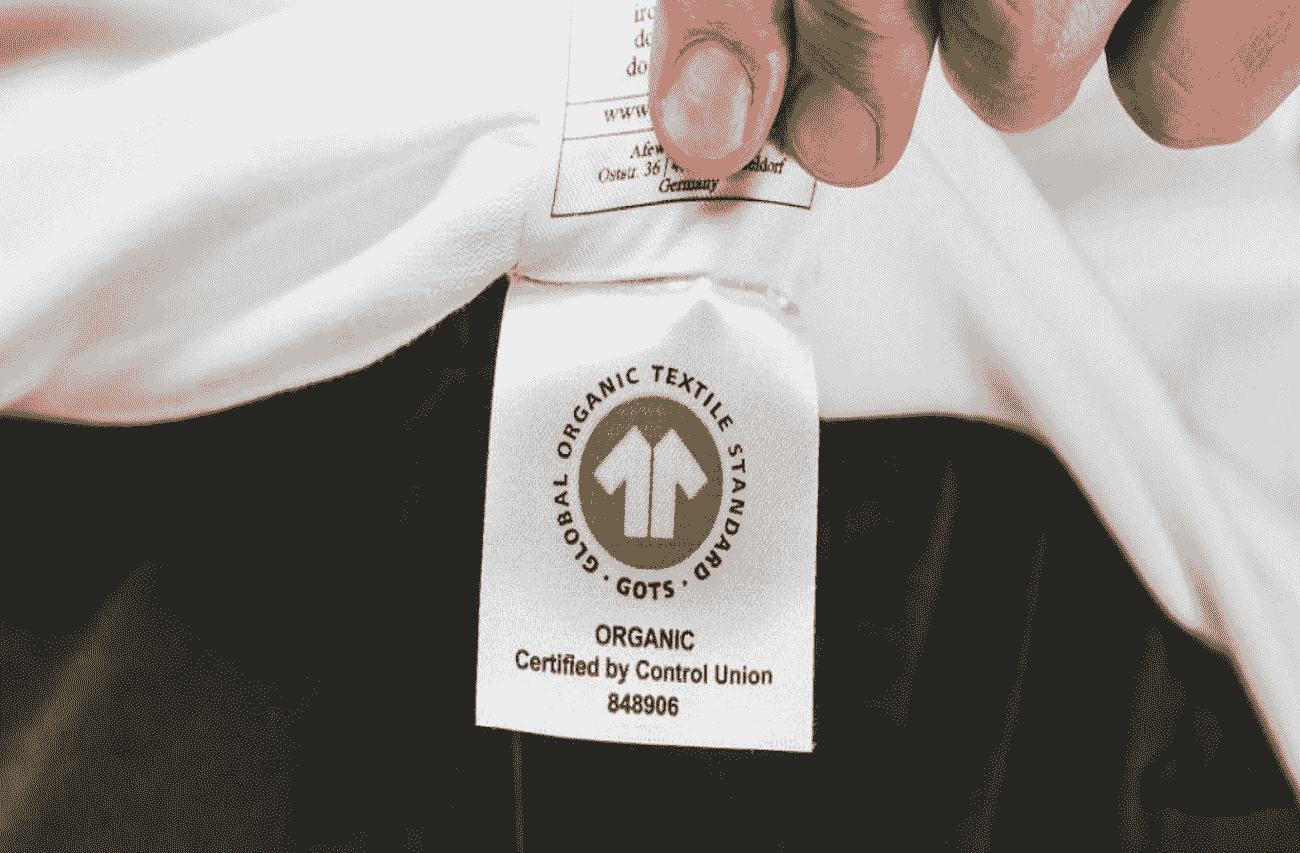
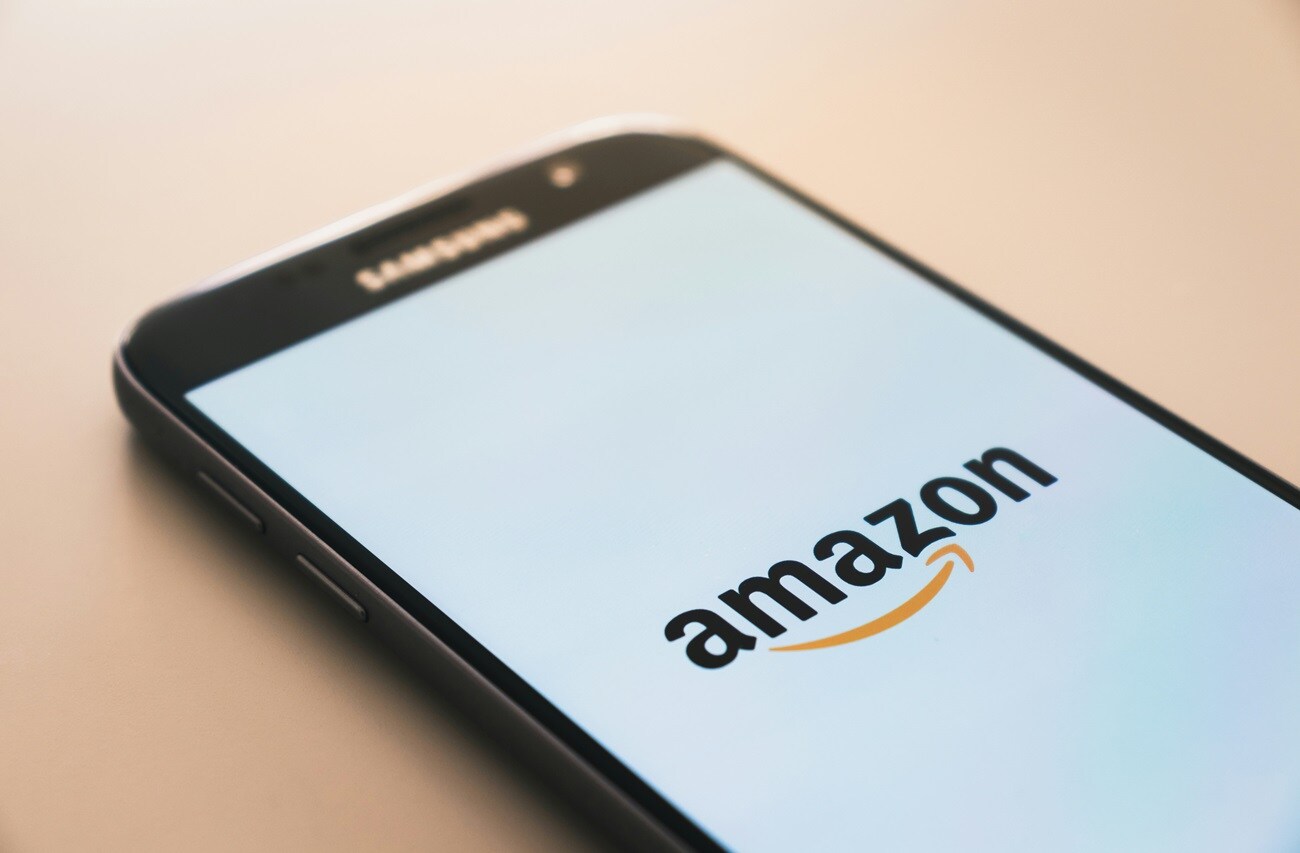
Leave a Reply